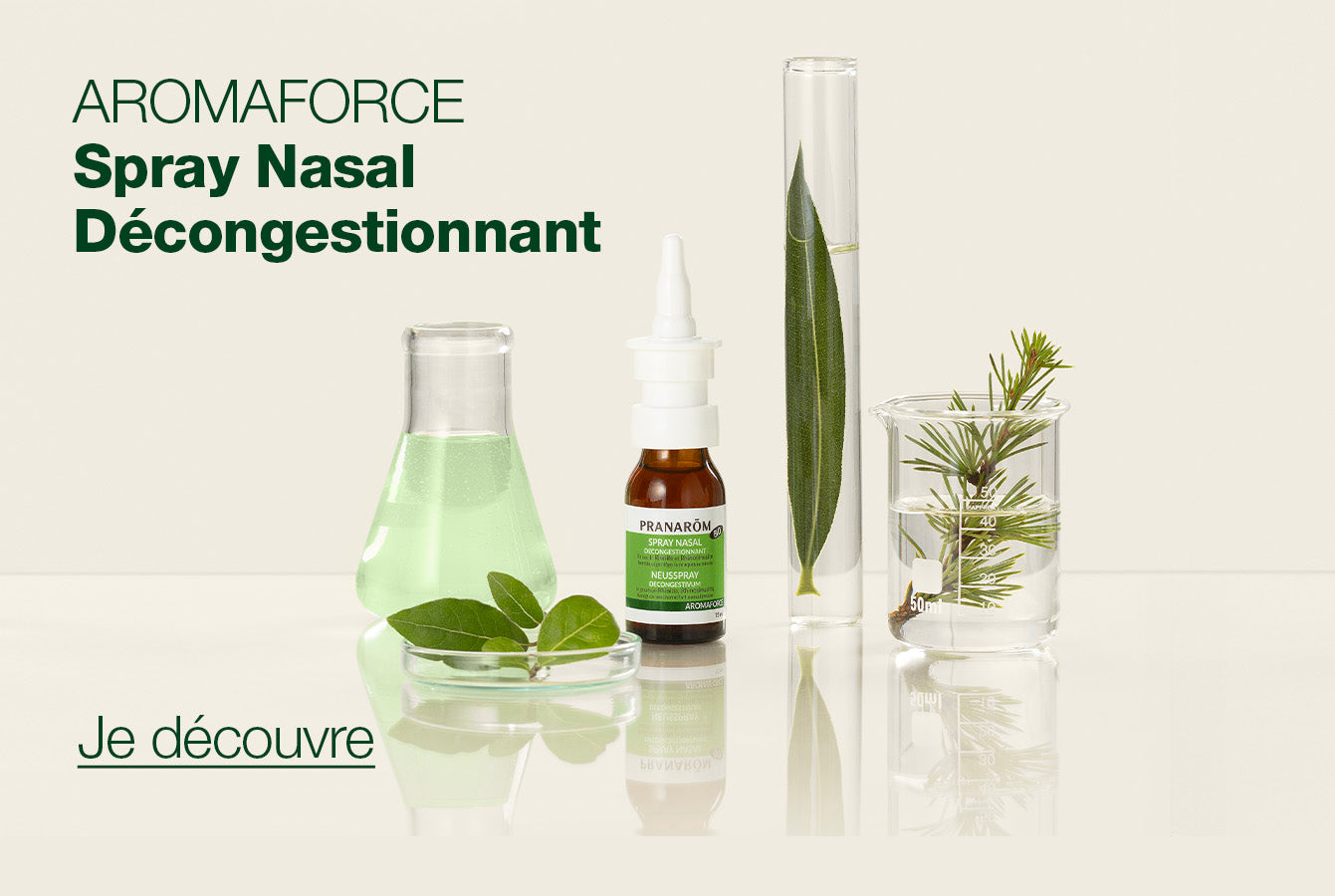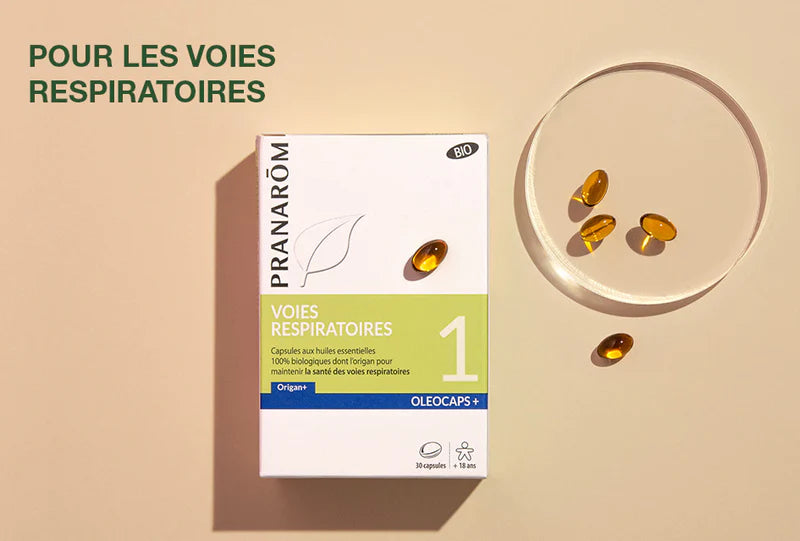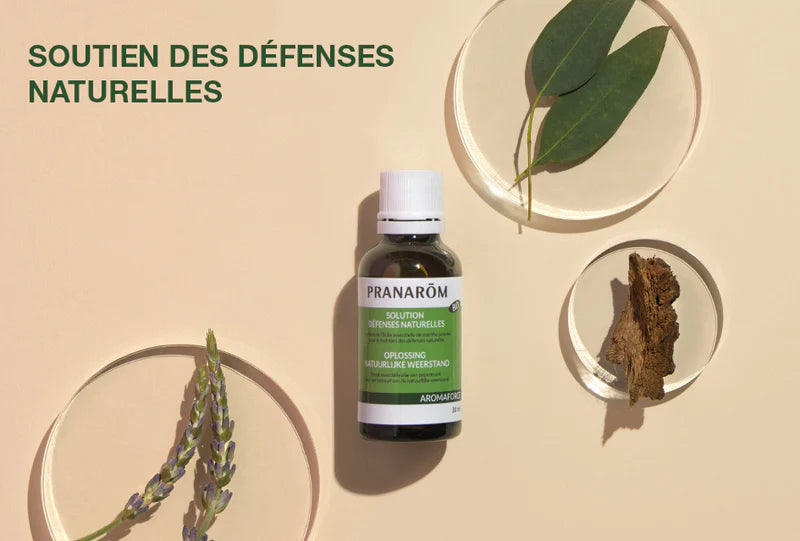In the last years, there is an increasing concern regarding the safety and potentially adverse effects of synthetic chemicals used for food preservation or in medicine. Therefore, many research groups were interested to the functional role of natural products especially plant extracts. Essential oils extracted by distillation from aromatic plants are appreciated for their bioactive efficacy as fungicides, bacteriostatics, antioxidants, and other biological activities.
In this study, the essential oils obtained from Thymus satureioides, Thymus vulgaris and Corydothymus capitatus by steam distillation were analyzed by gas chromatography coupled to mass spectrometry (GC-MS) in order to determine their chemical compositions. The results demonstrated that the major components of these essential oils are borneol, thymol and carvacrol respectively.










